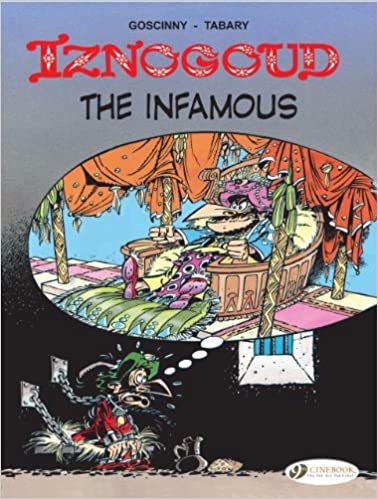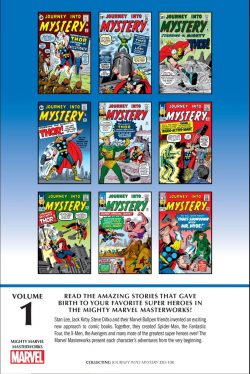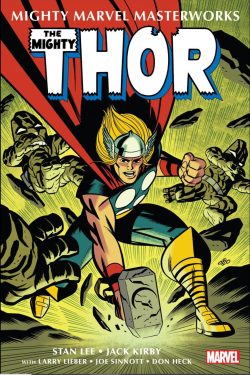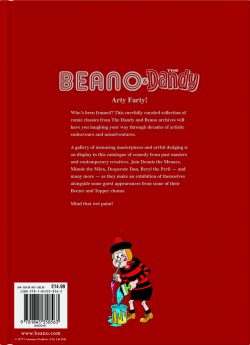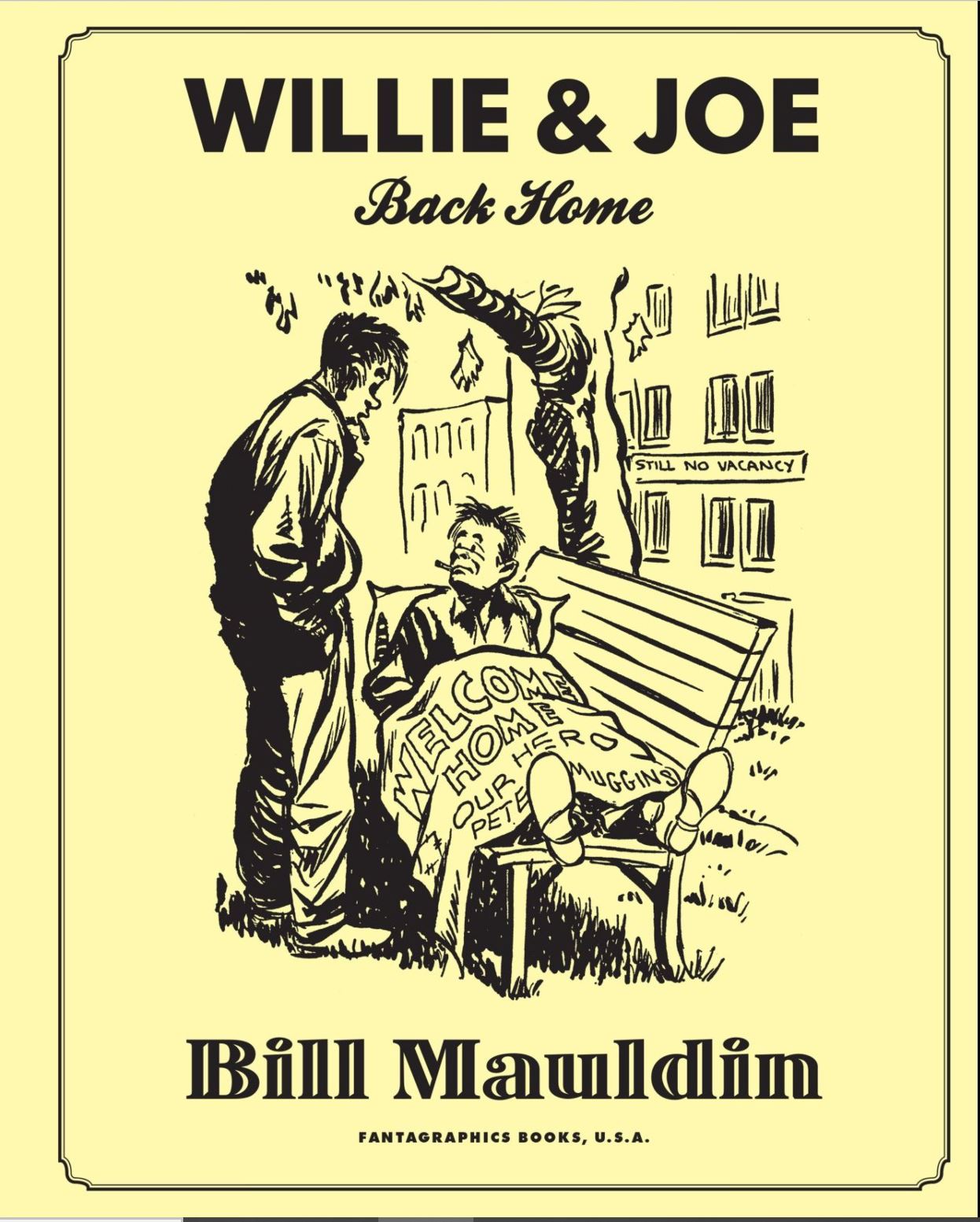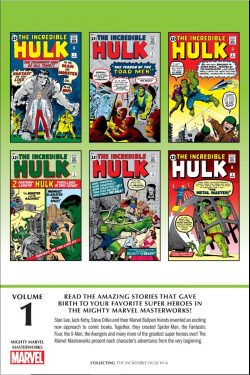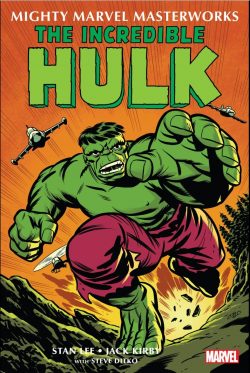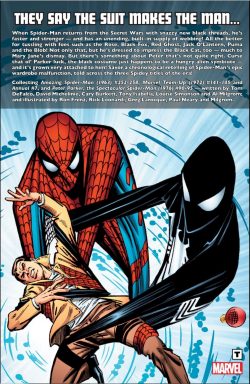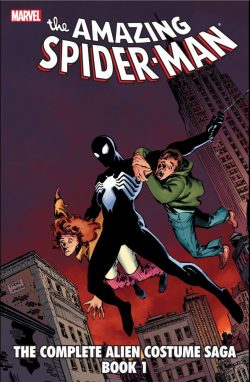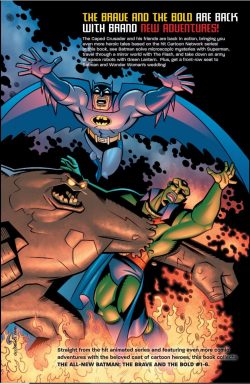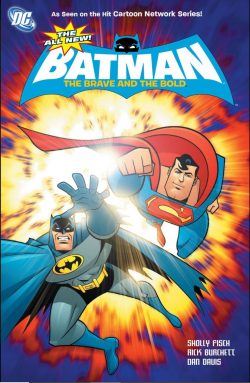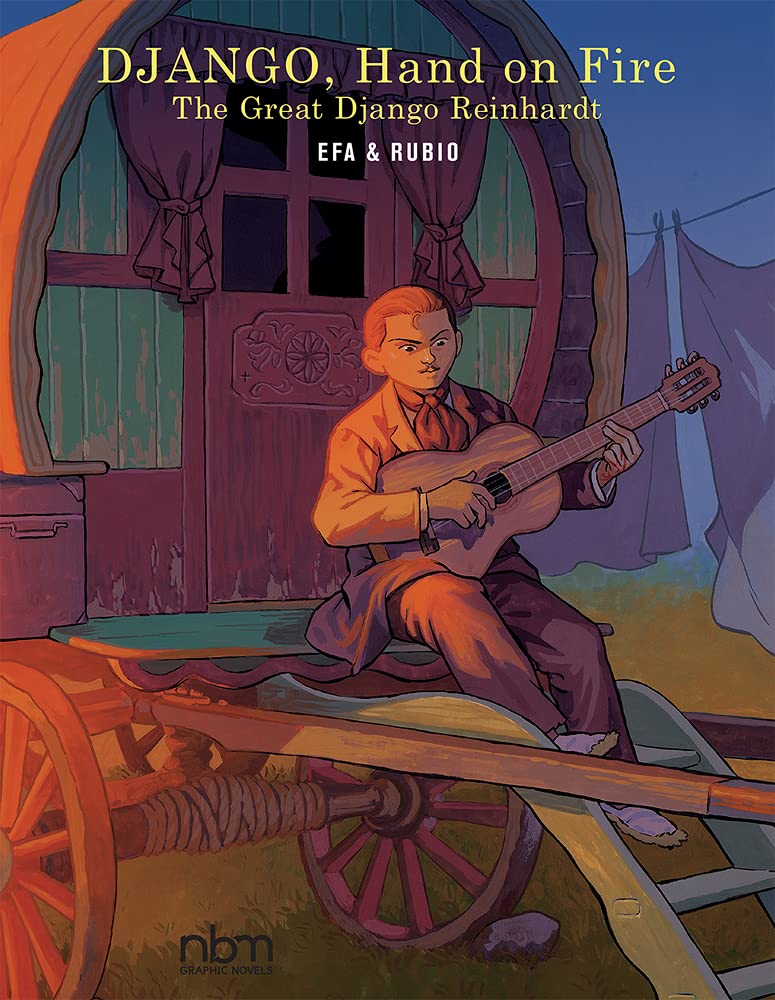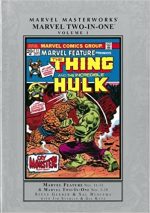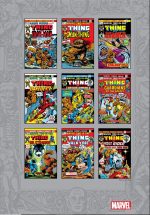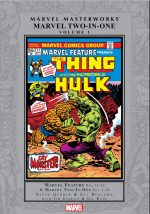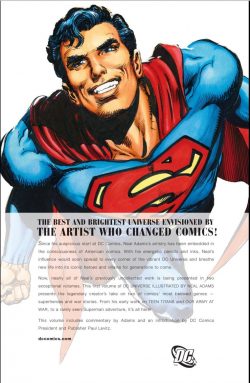
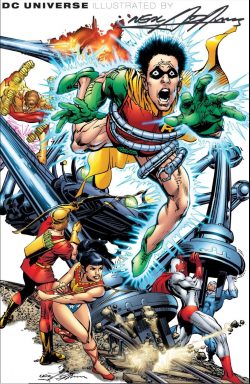
By Neal Adams with Dennis O’Neil, Gardner F. Fox, Robert Kanigher, Howard Liss, Hank Chapman, Len Wein, Bob Haney, Mark Evanier, Sergio Aragonés, Joe Kubert & various (DDC Comics)
No ISBN: digital only edition
As the 1960s began Neal Adams was a young illustrator who had worked in advertising and ghosted some newspaper strips whilst trying to break into comics. Whilst pursuing a career in advertising and “real art†he did a few comics pages for Archie Comics and subsequently became one of the youngest artists to co-create and illustrate major licensed newspaper strip Ben Casey (based on a popular TV medical drama series).
That comics fascination never faded, however, and Adams drifted back to National/DC, doing a few covers as inker or penciller before eventually finding himself at the vanguard of a revolution in pictorial storytelling…
He made such a mark that DC have regularly curated and reissued his work in a series of commemorative collections. This is the first of a proposed series of eBook tomes extracted from heftier physical artefacts covering the artists’ minor efforts (those not starring Batman, Deadman or “Hard-Travelling Heroes†Green Lantern/Green Arrow) in themed original publication order.
Revisiting Teen Titans #20-22 and gatherings material from Detective Comics #369; Superman #254; Justice League of America #94; Our Army At War #182, 183, 186, 240; Star Spangled War Stories #134, 144; Fanboy #5 and Amazing World of DC Comics Special Edition #1 it cumulatively embraces November 1969 through July 1999.
Following a contextualising Foreword by Paul Levitz and Adams’ thoughts in his own ‘Superheroes Foreword’ the comic dramas commence with a tale of slinky sleuth The Elongated Man who solves a bizarre theft connected to the ‘Legend of the Lovers’ Lantern’ (scripted by Gardner F. Fox from Detective Comics #369, November 1969).
We then encounter a bold triptych from Teen Titans #20-22 (March/April to June/July 1969), written by Adams and pencilled by him and Sal Amendola with inks by brush-maestro Nick Cardy – one of the all-out prettiest illustration jobs of that decade.
Completing s a long-running plot-thread of extra-dimensional invaders by endowing everything with a counterculture twist, ‘Titans Fit the Battle of Jericho’ is a spectacular rollercoaster romp deftly blending teen revolt, organised crime, anti-capitalist activism, bug-eyed monsters and cunning extraterrestrial conquerors…
Symbolic super-teens Hawk and Dove briefly join the proceedings for #21’s ‘Citadel of Fear’ (Adams & Cardy): chasing smugglers, facing evil ETs and ramping up the surly teen angst quotient whilst moving the invaders story-arc towards stunning conclusion ‘Halfway to Holocaust’ wherein the abduction of Kid Flash and Robin leads to a cross-planar climax as Wonder Girl, Speedy and a radical new ally quash the invaders forever…
Excerpts from Justice League of America #94’s ‘Where Strikes Demonfang’ – specifically pages 1, 5, 20 and 22 – tie up loose ends from the Deadman saga seen elsewhere (in Strange Adventures of the Adams Deadman collections) before a modern pin-up of ‘Ra’s al Ghul’ brings us to a delightful treat scripted by Len Wein taken from The Private Life of Clark Kent backup series.
‘The Baby Who Walked Through Walls’ comes from Superman #254 (July 1972): scripted by Len Wein and deliciously detailing how even the mighty Man of Tomorrow is no match for a toddler determined to dodge her babysitter and go exploring…
Unpublished Superman pages and thumbnails culled from ‘Amazing World of DC Comics Special Edition #1’ (February 1976) segue into a selection of public service messages starring the Caped Kryptonian – specifically ‘Justice for All Includes Children 1, 2, 6 and 7′ – and are followed by a monochrome and a full-colour v ‘9/11 Tribute’…
Self-parody changes the tone as an excerpt from Fanboy #5 (July 1999) finds Mark Evanier & Sergio Aragonés joining the master of moody in an unlikely iteration of the Daft Knight…
A ‘Batman Sketchbook’ offers preliminary doodles for Robin’s new costume, Batman roughs and Joker redesigns, culminating in finished pin-ups of all before the tone twists back to hyper-realism and a ‘War Stories Foreword’ by Neal Adams begins a chronological excursion through the artist’s combat contributions to DC canon.
All recoloured in Adam’s lush modern manner, the lean sparse sagas commence with ‘It’s My Turn to Die’ from Our Army At War #182 (July 1967), with Howard Liss scripting the tale of an officer who’s reached his emotional limit, whilst ‘Invisible Sniper’ (Liss again from OAAW #183, August 1967) tracks an embattled GI hunting an infallible enemy with a killer gimmick…
‘The Killing Ground’ (Star Spangled War Stories #134, August -September 1967) is a Robert Kanigher moment from The War That Time Forgot, with PT Boat survivors striving against a succession of seaborne antediluvian atrocities, after which ‘My Life for a Medal’ – Our Army At War #186 (November 1967, by veteran scribe Hank Chapman) – holds a shocking lesson for a glory-hungry go-getter.
A visual triumph, Joe Kubert inked hot new penciller Adams on Kanigher’s ‘Death Takes No Holiday!’ (SSWS #144, April-May 1969) as another macabre death-dealing French aviator – dressed as a skeleton – terrorised and butchered Jagdstaffel pilots at will, forcing the Kaiser’s Enemy Ace Hans von Hammer into insane action to inspire his men and cure a young flier of fear-induced madness…
War takes a weird – and socially relevant – turn as we visit the future for our concluding clash in Bob Haney’s ‘Another Time Another Place’ (Our Army At War #240, January 1972) as an elite squad meet the enemy and get a sobering surprise…
Sadly short of Adams incredible canon of covers, we wrap up with only full ‘Biographies’ as a bonus, but this beautiful book still offers a look at less often seen gems that were in many ways more informative than all the big-banner achievements of a major force in comics. Now, if only DC would sort out his horror stories and truly lost gems like Jerry Lewis, we’d all be happy…
© 1967, 1969, 1971, 1972, 1976, 1999, 2008 DC Comics. All Rights Reserved.

